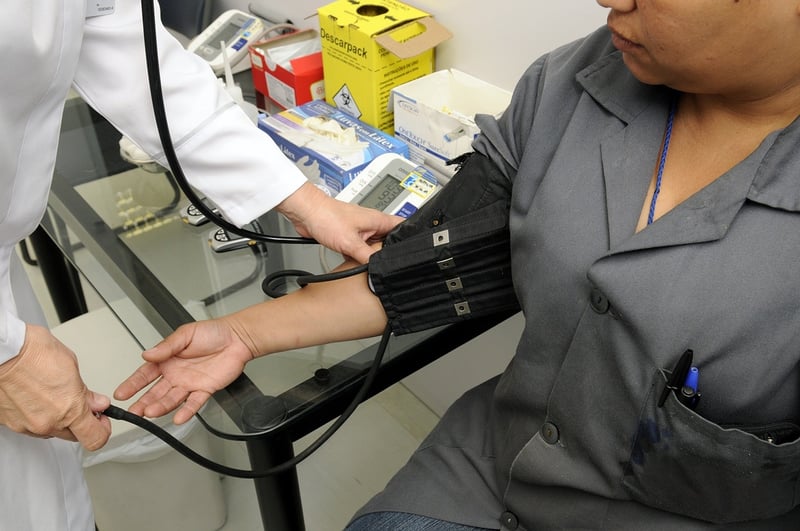Risk Assessment
Staying Secure on Expeditions: The Importance of Risk Assessment
Embarking on expeditions can be an exhilarating and rewarding experience, allowing you to explore new places and push your limits. However, it's essential to prioritize safety and security during your adventures. One crucial aspect of ensuring your well-being on expeditions is conducting thorough risk assessments.
Why Risk Assessment Matters
Risk assessment involves identifying potential hazards, evaluating the likelihood of those hazards occurring, and implementing measures to mitigate or eliminate risks. By conducting a comprehensive risk assessment before your expedition, you can:
- Anticipate and prepare for potential dangers
- Minimize the likelihood of accidents or incidents
- Ensure the safety and well-being of yourself and your team
- Enhance your overall expedition experience by reducing uncertainties
Steps to Conducting a Risk Assessment
- Identify Hazards: Make a list of potential hazards specific to your expedition, such as rough terrain, extreme weather, wildlife encounters, or logistical challenges.
- Assess Risks: Evaluate the likelihood and potential impact of each hazard. Consider factors like location, weather conditions, group experience, and available resources.
- Develop Mitigation Strategies: Create a plan to address identified risks, including preventive measures, emergency protocols, and necessary equipment.
- Implement Controls: Put your mitigation strategies into action by ensuring that all team members are aware of safety procedures and have the required training and gear.
- Monitor and Review: Continuously assess and reassess risks throughout your expedition, making adjustments as needed to maintain a safe environment.
Example Risk Assessment Scenario
Imagine you're planning a trekking expedition in a remote mountainous region. Some potential hazards to consider could include steep terrain, inclement weather, altitude sickness, and limited access to medical assistance. To address these risks:
- Require all team members to undergo altitude acclimatization before the trek
- Equip everyone with proper gear, including emergency supplies and communication devices
- Establish clear communication protocols and emergency response procedures
- Monitor weather forecasts and adjust the itinerary as needed for safety
Conclusion
Conducting a thorough risk assessment is a fundamental aspect of expedition planning that can significantly enhance the safety and success of your adventures. By identifying potential hazards, assessing risks, and implementing appropriate mitigation strategies, you can enjoy your expeditions with confidence and peace of mind.
Remember, safety should always be a top priority when embarking on expeditions. Stay prepared, stay vigilant, and stay secure!

For more tips on expedition safety and risk management, check out AdventureSafety.com.
